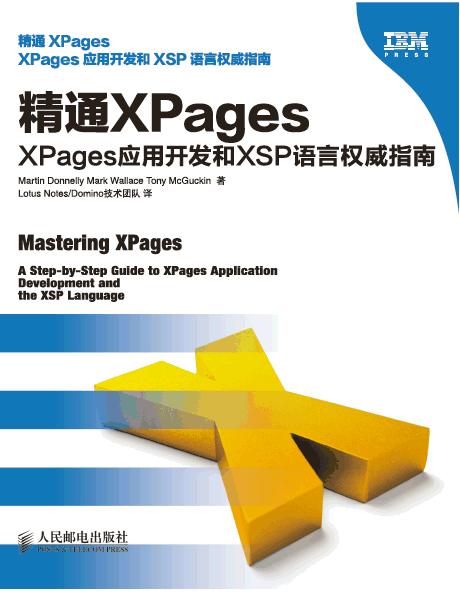The AppStore Conundrum
Legend has it, that Alistair, at a certain IBM event, challenged Nathan to saw controversy among the assembled participants. Nathan complied and succeeded by mumbling "We need an AppStore". So far the legend, we will never know, did this happen that way. Nevertheless the question remains:
" Does Notes need an AppStore?"
After all Apple has one for both OS/X and iOS, Microsoft has one for all flavours of Windows 8, Nokia has one for Symbian, as have Amazon and Apple for Android. There are AppStores for Firefox and Chrome. Clearly Notes need one too! There are attempts around already. Not so fast!
When looking at the AppStores one can see a pattern:
So there is no new market to be created. Administrators jealously guard their servers (not discussing the merits of that here). So all things a AppStore does enable more or less doesn't apply to Notes. Case closed! Not so fast!
There is room for improvement how applications are handled on the Notes platform. Two examples:
What's your take?
" Does Notes need an AppStore?"
After all Apple has one for both OS/X and iOS, Microsoft has one for all flavours of Windows 8, Nokia has one for Symbian, as have Amazon and Apple for Android. There are AppStores for Firefox and Chrome. Clearly Notes need one too! There are attempts around already. Not so fast!
When looking at the AppStores one can see a pattern:
- Applications are installed on local devices (or browsers)
- If a server component is involved, it is provided in the cloud (outside the enterprises' firewalls)
- The bulk of applications are for personal and social use
- There are 10 to 100 thousands of applications
- Most of them are free or low priced, designed for volume markets
- AppStores mostly created a market, where there was none before
So there is no new market to be created. Administrators jealously guard their servers (not discussing the merits of that here). So all things a AppStore does enable more or less doesn't apply to Notes. Case closed! Not so fast!
There is room for improvement how applications are handled on the Notes platform. Two examples:
- In the Notes client I can hit Ctrl+N pick a template with a one line explanation, pick a server and arbitrary file name and get greeted with an error: "Bad boy, don't do this - anyway we won't let you"
- Have you tried to install the Connections Files Plug-in? Once you found it, download, expand, hack the plugin-customization.ini, install (Yes the admin could do that, but it is a drag
- A new Notes.ini parameter
NewDatabaseDialog=<some notes url here>and an IBM sample implementation for it (yes a more modern implementation of this). It would allow new predefined applications to be deployed more quickly than any manual process. Some accountability and "do you still use this" checks can be build in at gusto of the customer processes. Eventually a sync option with a vendor repository could be build in - A default toolbox.nsf created on each server install or upgrade. The database would have the extended functionality to be able to host (as a proxy) entries from remote repositories (e.g. by IBM, OpenNTF or our ISVs) and periodically check for updates (and download them for staging - think a little like RPM or DEB management in Linux)
- A reliable automated patch management for the Domino server (but that's a slightly different story)
- A revised home page for browser access, running on top of the application that provides the dialog of my first suggestion. It would provide access to the existing applications and the mechanism to request new ones
What's your take?
Posted by Stephan H Wissel on 28 October 2012 | Comments (2) | categories: IBM Notes Lotus Notes

